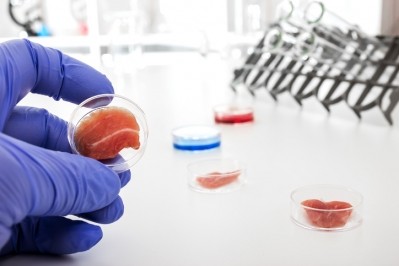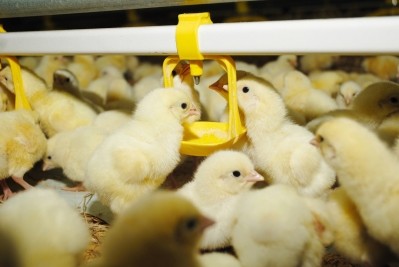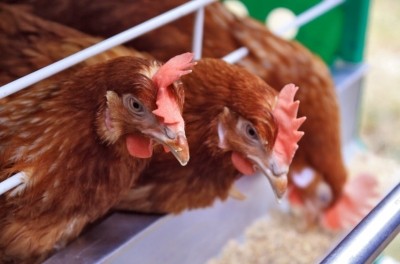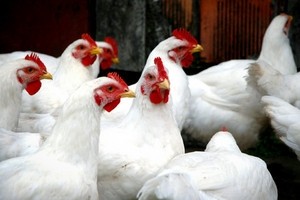Feed improvements boost sustainability efforts in US poultry
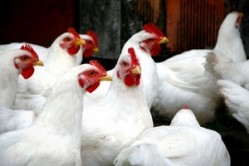
The changes the US poultry industry has witnessed since the 1960s and ongoing work to improve sector sustainability will be discussed at a seminar at the upcoming International Production and Processing Expo (IPPE) in Atlanta, Georgia, said Marty Matlock, professor in the department of biological and agricultural engineering and executive director of the Office for Sustainability at the University of Arkansas.
“The early question is, ‘Where are we and how far have we come [in terms of] environmental conditions and impacts?’” said Matlock. “We looked at greenhouse gas emissions, land use [and] energy use.”
Greenhouse gas emissions have dropped by about 40%, land use needed to feed and house a bird has been reduced by about 70% and about 50% less energy is needed, he told FeedNavigator.
“Folks ask me why poultry wants to be sustainable, and it’s not ideology, it’s a strategy for viability,” said Matlock. “It means it’s viable into the future. It’s resilient into the future because the producers have strategies for addressing interruptions.”
Improvements found
Researchers tracking sustainability in the US poultry industry began with a comparison of what was required in terms of inputs n the 1960s and what is currently being used to produce one kg of live weight broiler, spent hen or bird meat, said Matlock.
“We found that there is significant change, significant improvement,” he said. “We use more water than we used before, [but] we generate less greenhouse gas, and use less energy, and less land to produce the same amount of poultry since 1965.”
Most of the improvements are based on feed production and improved efficiency, or the conversion of feed by the bird, he said. When “we produce the animal, it takes less feed today than it did 50 years ago,” he added.
Improved feed formulation and diets specific to stages in bird development have improved growth, said Matlock, as have selective breeding programs. “We have a more sophisticated understanding of the needs of the animal,” he said.
“We’ve changed feed characteristics significantly,” he said. “The amount of corn we use has increased, the amount of soybeans has decreased, and the amount of supplements in the feed to make the mixture more effective has increased dramatically.”
Additionally, as crop yields have improved, less land and resources are needed to grow the amount of feed required for production, he said. However, the increased crop yields have resulted in the industry using more water than it once did.
Matlock said revamped housing including additional environmental controls has helped improve sector sustainability as such technology allows producers to raise healthier and more comfortable birds.
Ongoing and future efforts
Poultry producers have a positive record when it comes to identifying and addressing which aspects to improve, said Matlock.
Ongoing work seeks to define and prioritize new goals covering areas such as the environment and future sector profitability, however many areas are complicated or interconnected, he said. Producers and environmental groups are among those involved with the work.
“We have a good story to tell in terms of becoming more efficient, but they [producers] are not done yet,” he said. “Sustainability is about continuous improvement.”
Efforts also are being made to share updated methods with countries developing poultry industries, he said. “They don’t have to start where we started, they can start where we are,” he added.
